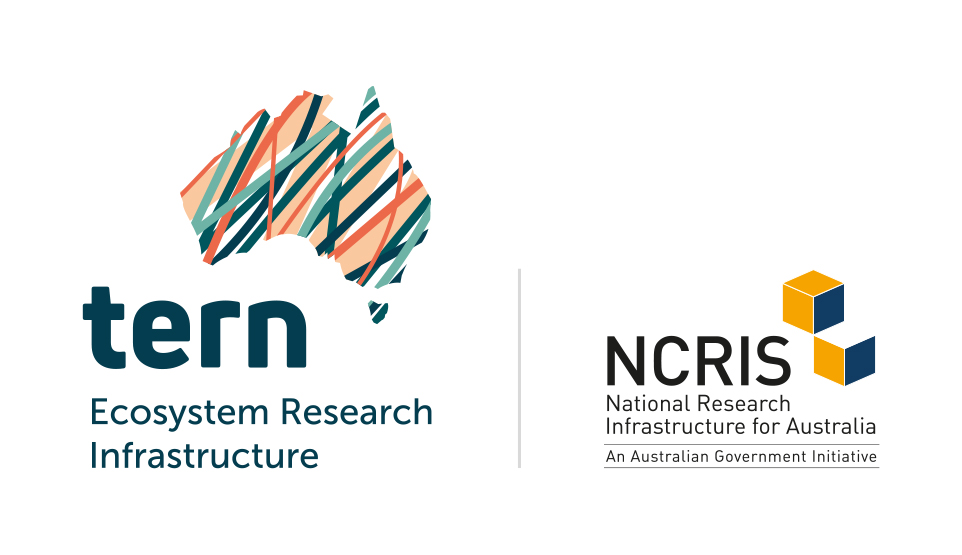Utilities
Data from this portal are available as NetCDF files. Information on this file format is
available here and
information on the OzFlux
use of NetCDF files is available here.
There is a large range of options for viewing or reading the NetCDF files available from this
portal.
Many of the applications commonly used for data processing (IDL, GDL, Python, MatLab, R etc) are
able to read and write
NetCDF files.
OzFlux uses and recommends the Miniconda
Python V3+ Distribution for manipulating the NetCDF data files available on this portal.
Libraries for reading and writing NetCDF files are also available for Fortran, C and other
programming languages, see
the UniData web site for details.
Various command line utilities are also available for viewing the contents of NetCDF files such
as ncBROWSE and ncVIEW,
see the UniData
site for a complete list of third party software for use with NetCDF
files.
OzFlux uses a suite of Python scripts to process the data from its flux towers. The scripts are
available from github
PyFluxPro.
PyFluxPro can read NetCDF files and plot timeseries and fingerprints.





